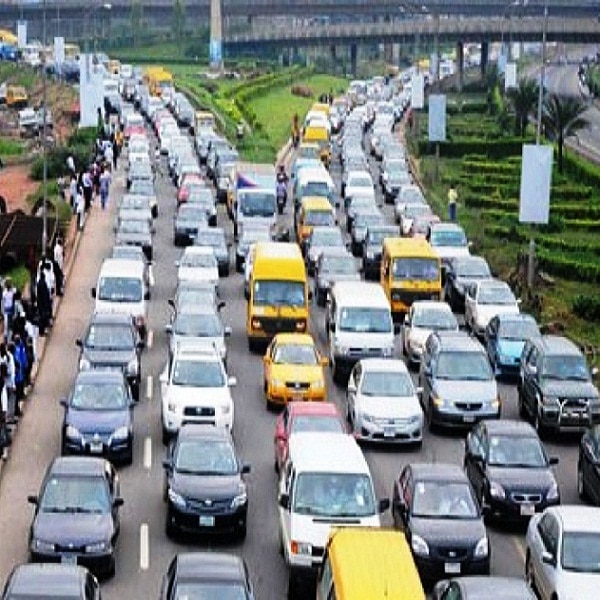Lagos is one of the most congested cities in the world. Traffic congestion causes significant problems in Lagos, however, plans are in place to improve the infrastructure. 40 per cent of cars in Nigeria are registered in Lagos. Commuters spend at least three hours in traffic each day. Traffic congestion leads to many problems for the residents of Lagos. For example, the fatal accident rate in Lagos is 28 per 100,000 people. This is three times greater than in most European cities. Also, air pollution is over 5 times greater than the recommended limit.
What Efforts Have Been Made To Reduce Traffic Congestion?
The Lagos Metropolitan Area Transport Authority (LAMATA) was set up by the Lagos state government in 2003 to improve transport in the city. The Authority set up a bus rapid transit (BRT) system that runs from north-south from the suburbs to the CBD on Lagos Island. The system provides a dedicated land for buses. Over 200,000 people use the system each day. The public transport system is supported by a large fleet of minibus taxis called ‘danfos’. These buses are designed to carry ten to fifteen people but often carry more.
How Could A Transport Master Plan Help Lagos?
A new light railway scheme is being developed in Lagos. The first stage of the Lagos Rail Mass Transit (LRMT) opened in 2016 and runs from a west-east route into the CBD. The system carries seven times as many passengers as the BRT. There are plans to develop the network to incorporate seven further rail lines. This is part of a wider Strategic Transport Master Plan for Lagos which includes:
- an integrated transport system that links road, rail and waterway networks;
- a waterway network of ferries making use of the water around Lagos;
- a road network with separate bus lanes;
- a new airport further away from the urban environment;
- the development of mixed-use urban developments combining residential and commercial areas to reduce the number of journeys people need to make;
- better walking and cycling facilities.
The Master Plan is gradually being implemented
Source: internetgeography










